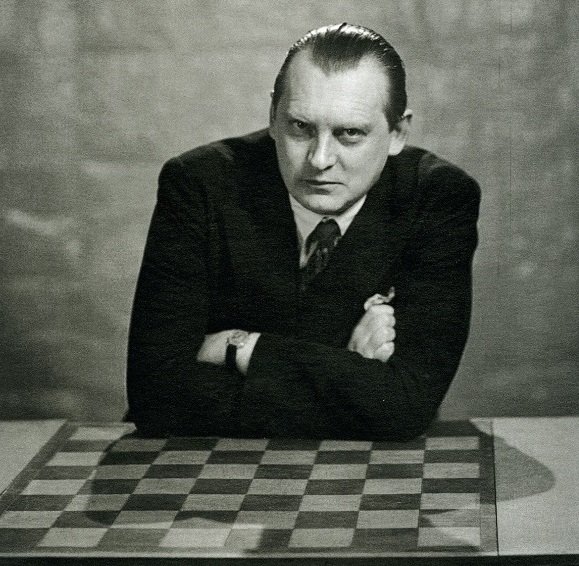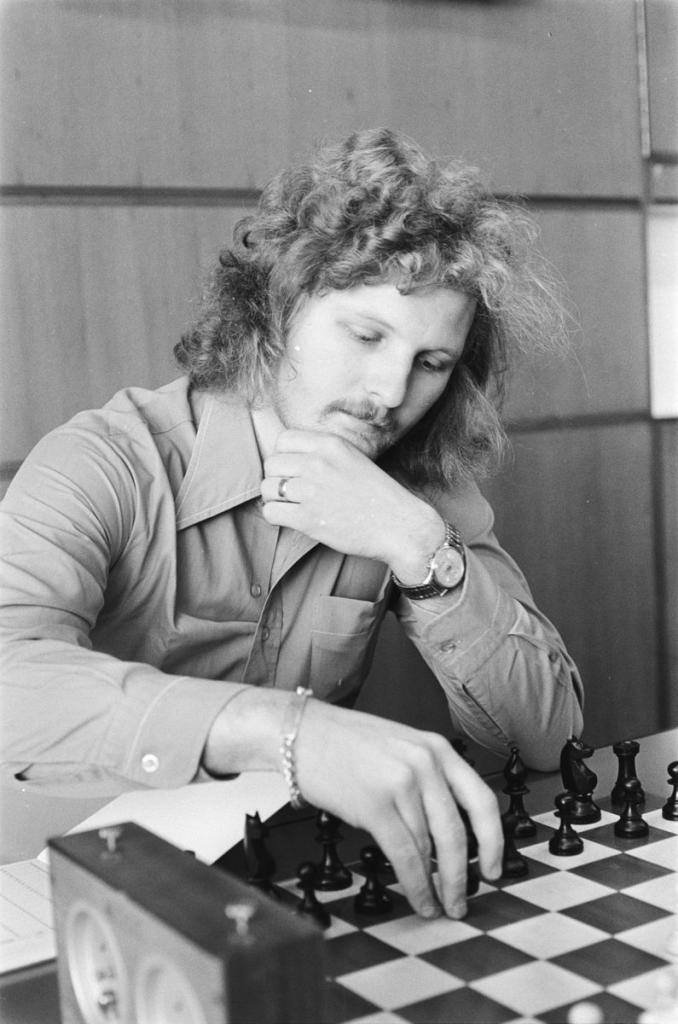The New Indian Defense is a well-known, but rather young chess debut. He is about ninety years old. The term "debut" in chess refers to the initial period of the game, which follows from the beginning of the game to the end of the development of the pieces by the players. The New Indian defense in chess was developed and first applied by Aron Isaevich Nimtsovich in 1914. His followers in the development and promotion of this excellent debut were engaged in a contender for the title of world champion, chess theorist and great chess player Alexander Aleksandrovich Alekhin.

In the eighties of the last century, this debut was repeatedly used by the twelfth world chess champion and a great connoisseur of strategic chess Anatoly Evgenievich Karpov. The New Indian defense is not widely used at the highest level of the game, because it does not allow for an active game for Black. With its use, Black can only get a reliable strong position and approximate equality in the exact game of both opponents.
Debut start
The opening of the New Indian defense begins with the movement of the white pawn to the d4 square, after which Black answers the move of the knight to f6. White moves the pawn on c4 in the second move, Black places the e-pawn on e7. And third, White takes his knight to f3, while Black, preparing the fianketting of his white-field bishop, promotes the b-pawn to b7. This is where the beginning of the debut ends. After this, several sequels are possible.
The main continuation
The main continuation is g3 for white. In this fourth move, White prepares the fianketting of his white-billed bishop, thereby contrasting it with the white-billed black bishop on the main diagonal of the board. The strong black bishop that will control this diagonal in the future is one of the most powerful pieces in the black camp. Therefore, the idea with g3 takes a well-deserved first place among several sequels.
In the next move, Black displays his dark-squared bishop on b4, declaring a check to the white king, while preparing the king’s castling on the kingside. In the fifth move, white, forced to defend the king from the check, withdraws his dark-squared bishop to d2, and black exchanges at d2. By the sixth move, the white queen enters d2, and Black castles the king in the short direction. After this, White will most likely castle the king in a similar way, and Black will advance his pawn to d5, thereby expressing his intentions to fight for the center.
Botvinnik system
This continuation is the horse’s maneuver on c3. With this move, White wants to immediately strengthen his superiority in the center, hinting at the advancement of the pawn on e4. Black responds by developing his bishop on b7. In the fifth move, White can maneuver the e-pawn forward to the fourth horizontal, indicating his dominance in the center of the board, or limit himself to moving the same pawn just one square, opening the way for the white-field officer. Black will try to relieve the tension a bit by activating his officer and moving him to point b4.
Subsequently, White is likely to withdraw his queen to c2 or b3, trying to force the enemy piece to be exchanged, or to push the e-pawn, which will lead to exchanges at c3. Following this, Black will withdraw the pawn on d5 and will rightfully enter the struggle for the center of the board, and White, having a slight advantage in space, will begin to try to keep this center and develop his advantage during the game.
Petrosyan's system
It was developed and practiced by the Soviet, ninth world chess champion, Tigran Vartanovich Petrosyan. This type of New Indian defense begins with the movement of the pawn on a3. In this fourth move, White prevents the black-squared bishop from entering b4, thereby providing comfortable parking for his knight in c3. Black, without wasting time, can immediately set his pawn on d5. After white, the black-squared officer is withdrawn to g5, tying the knight and threatening to exchange for d5.
If Black after this maneuver doesn’t save the queen from the bunch by placing his bishop on e7, then they risk being left without a strong fighter on b7 or finding him locked by their own pawn, which will be considered an absolutely unfortunate way out of the opening. At the end of these maneuvers, White will most likely play e3, and they will calmly finish the development, while Black will castle the king and put his knight from b8 to e7, having obtained a reliable position. Positions will be approximately equal.
Miles Option
This opening variation begins on White's fourth move by moving the dark-field officer to f4. After this, white probably fianchettes his white-field counterpart. On the fifth move, a pawn advance on a3 will be a good move, which will allow you to comfortably place the knight on c3, and for Black, the officer will calmly exit on e7 with the preparation of castling in the short direction. The next will be the already described exit of the knight, and Black will castle. After this, White will play e3 and finish the development, while Black will play d5 and bring the knight b to e7, also finishing development.

The debut described is half-closed. Despite the fact that it is considered defensive, it is possible to use the New Indian defense for blacks in the vast majority of situations. If you are not a grandmaster of the highest level who plays in a serious responsible tournament, it will suit everyone who needs a reliable strong position without aggravation at the start of the game. The New Indian defense for white is an equally convenient system that allows you to comfortably develop and increase your advantage in view of the opponent’s defensive strategy at the beginning of the game.